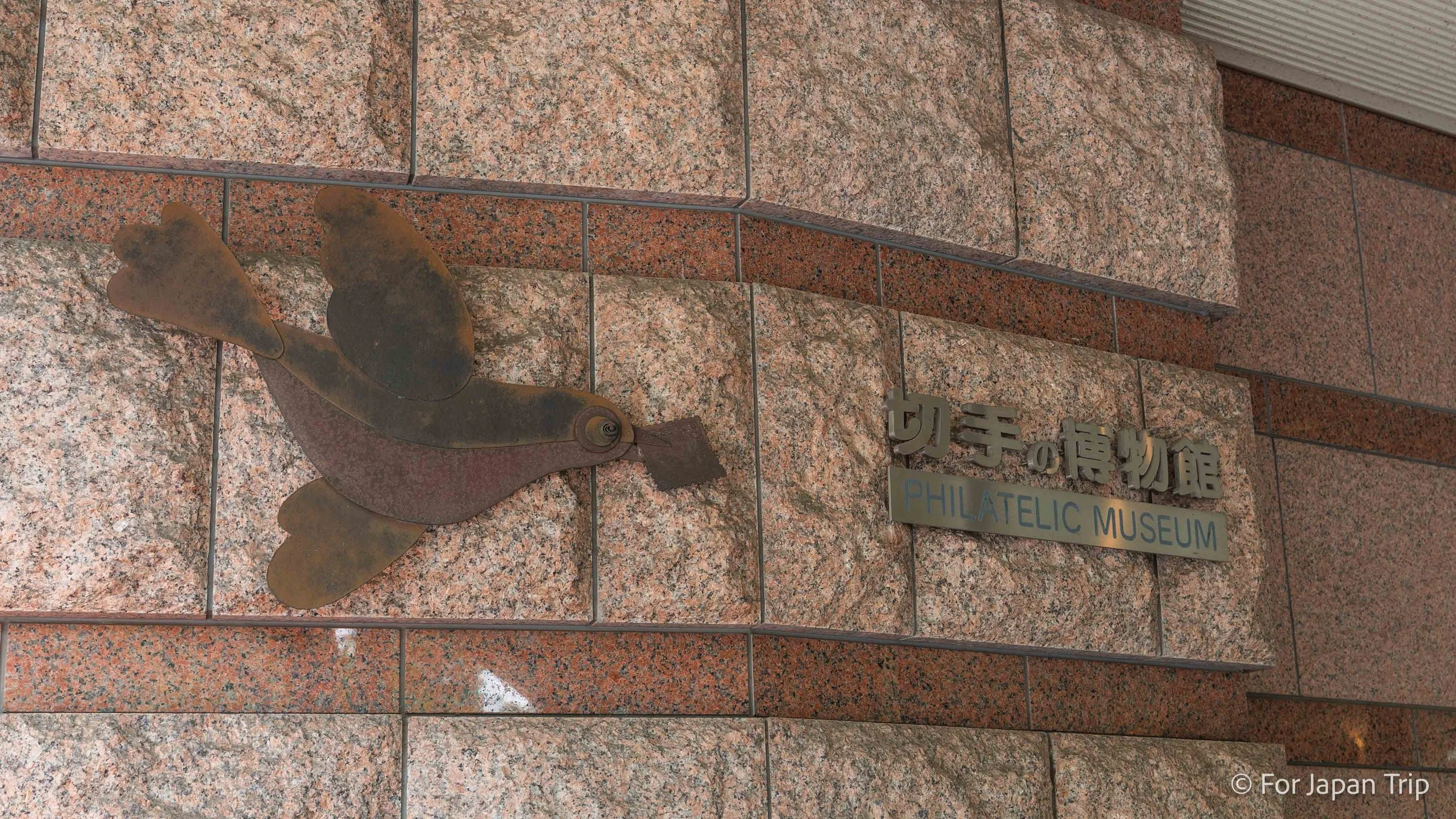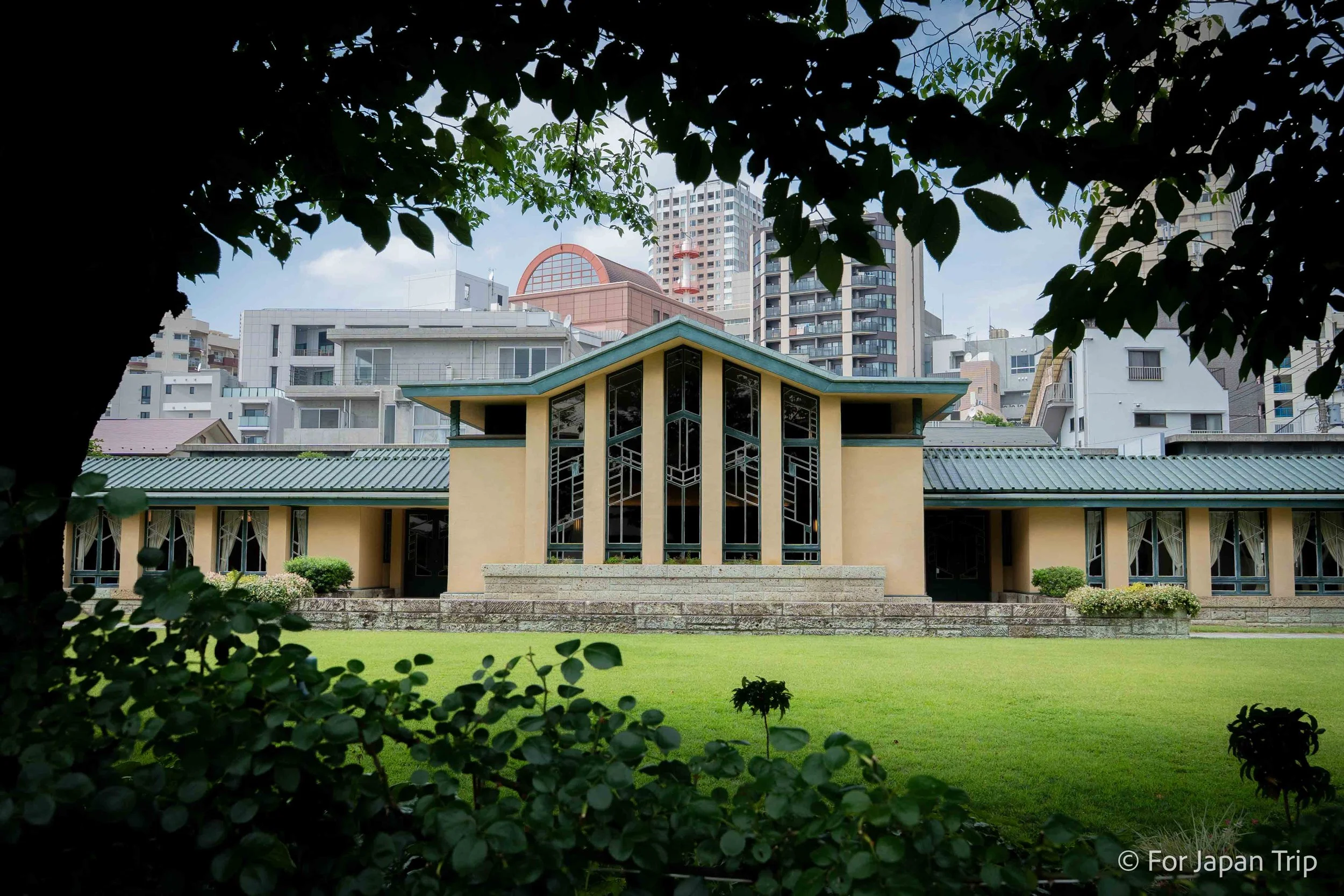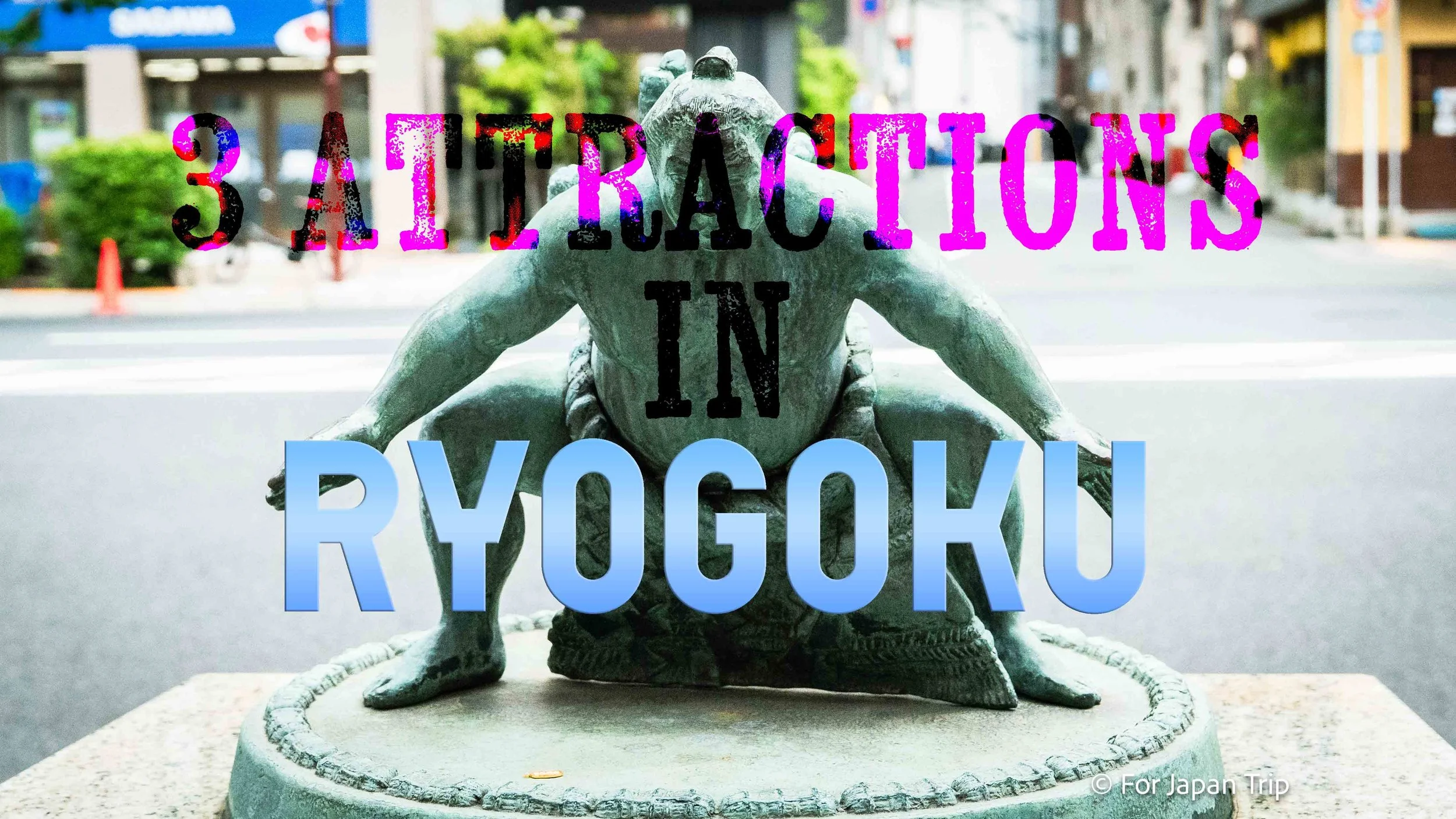3 Attractions in Mejiro, Tokyo Travel Guide
※updated on July 19 2025
Mejiro is a refined and tranquil residential neighborhood located in Toshima city, Tokyo, where a sense of upscale living and cultural sophistication come together in perfect harmony. Just a quick 2-minute ride from Ikebukuro Station on the JR Yamanote Line, Mejiro feels like a different world despite its close proximity to one of Tokyo’s busiest hubs.
Centered around Mejiro Station, this area offers convenient access to vibrant districts like Ikebukuro and Shinjuku, yet maintains a peaceful, leafy environment. Its calm streets, elegant atmosphere, and abundance of greenery make it a hidden gem for those seeking a quieter side of Tokyo.
One of Mejiro’s most defining features is its identity as an educational and cultural district. It is home to Gakushuin University, a prestigious institution with deep historical ties to Japan’s imperial family. This connection adds a sense of heritage and prestige to the area, giving Mejiro a truly intellectual and dignified character.
Around the station, you’ll find a scattering of charming cafes, stylish patisseries, and long-established Japanese confectionery shops. It’s an ideal place for a leisurely stroll, a relaxing break, or a quiet shopping experience.
Mejiro is also known as one of Tokyo’s safest and most livable neighborhoods, with well-kept streets and a strong sense of community. Although located in central Tokyo, the area is free from the noise and crowds, offering a calm, intelligent lifestyle that many residents—and visitors—deeply appreciate.
In this article, we’ll introduce three recommended attractions to explore in the Mejiro area.
1) Mejiro Garden
Mejiro Garden, located in Mejiro, Toshima city, Tokyo, is a traditional Japanese stroll garden that offers a calming escape filled with natural beauty and quiet charm. Opened in 1990, it’s a relatively new garden, yet it has become a cherished retreat for both locals and tourists thanks to its peaceful atmosphere—a rare find in the heart of the city.
Just a 5-minute walk from JR Mejiro Station on the Yamanote Line, the garden is easily accessible, making it a convenient stop for anyone exploring this tranquil Tokyo neighborhood.
Though compact at around 2,800 square meters, the garden is thoughtfully designed in the kaiyū-shiki (strolling-style) layout, with a pond at its center. Throughout the year, the garden transforms with the changing seasons:
・ In spring, plum and cherry blossoms bloom;
・In summer, lush greenery and the soothing sound of water dominate;
・In autumn, vivid red and yellow leaves reflect beautifully in the pond;
・In winter, the snow-covered scenery creates a serene, monochromatic landscape.
The autumn foliage season is particularly popular, drawing photographers and stroll-seekers who come to enjoy the garden’s colorful reflections in the still pond.
At the heart of the garden is a large koi-filled pond, crossed by a charming wooden bridge. There's also a small waterfall flowing through artfully arranged rocks, adding the soft sound of water to the peaceful surroundings. Birdsong and rustling leaves further enrich the tranquil ambiance. From a small elevated hill within the garden, you can enjoy a panoramic view of the entire landscape—each vantage point offering a new perspective.
Whether you prefer to walk the paths and observe the seasonal changes, or simply sit on a bench at the hexagonal pavilion (Ukimi-dō) and let the breeze wash over you, Mejiro Garden offers a moment of quiet reflection amid the city.
Admission is free, making it an ideal spot for a spontaneous visit.
Unlike grand historic gardens, Mejiro Garden doesn’t overwhelm with formality—it instead embraces a refined, modern design that gently incorporates nature into daily life. It perfectly suits the quiet elegance of the Mejiro neighborhood, offering a soothing, lesser-known experience to those who take the time to discover it.
2) Philatelic Museum
The Philatelic Museum, located in Mejiro, Toshima city, Tokyo, is a unique cultural facility where visitors can explore history and global cultures through postage stamps. Just a 3-minute walk from JR Mejiro Station on the Yamanote Line, the museum was established in 1996 and has since become a beloved spot for stamp collectors, history enthusiasts, and curious travelers.
The museum holds a collection of approximately 350,000 different stamps, offering insight not only into Japanese postal history but also into the global culture of philately and stamp design as a form of art.
Spread across three floors, the museum offers various ways to enjoy stamps:
On the first floor, rotating themed exhibitions are held throughout the year, featuring around 1,000 stamps on topics such as flowers, animals, space, and World Heritage sites. These exhibits change every 3 to 4 months, allowing visitors to feel as if they're traveling the world through stamps each time they visit.
The first floor also includes a free-entry museum shop, where visitors can purchase commemorative stamps, postal-themed goods, as well as collecting tools like albums and tweezers—a great stop for both beginners and experienced collectors.
The second floor houses a specialized philatelic library, featuring a wide range of books, magazines, and stamp catalogs. Visitors can also view rare and historically significant items, such as the world’s first stamp, the Penny Black, and Japan’s first stamp, the Ryūmon Stamp, making it a must-visit for those interested in postal history.
Admission is 200 yen for adults and 100 yen for elementary and junior high school students, making it one of the most affordable museums in Tokyo. The museum is closed on Mondays (or the following day if Monday is a national holiday).
Though small in size, this museum reveals the fascinating world behind each tiny stamp—a powerful reminder of how even the smallest pieces of paper can carry stories, cultures, and moments from around the globe. As part of the cultural charm of the Mejiro neighborhood, the Philatelic Museum is well worth a visit for anyone seeking a hidden gem in Tokyo.
3) Jiyu Gakuen Myonichikan
Jiyu Gakuen Myonichikan, located in Nishi-Ikebukuro, Toshima city Tokyo, is a designated Important Cultural Property of Japan and a landmark in the country’s modern architectural history. Designed by the world-renowned American architect Frank Lloyd Wright, this historic building was completed in 1921 as the first campus of Jiyu Gakuen, an educational institution founded by Motoko and Yoshikazu Hani.
Myonichikan showcases Wright’s signature “Prairie Style”, characterized by its strong horizontal lines, deep eaves, geometric-patterned windows, and the use of Ōya stone. While the design reflects Wright’s aesthetics, the execution and supervision were handled by his apprentice, Arata Endo. The architecture embodies the school founders' educational philosophy: “Simple form, profound thought.”
The structure consists of a central hall, symmetrical classroom wings, and an auditorium that was added later. Its warm wooden construction, large windows that allow natural light to pour in, and the peaceful view of the lawn garden from the spacious corridors all provide a serene and inviting atmosphere. Even after the school relocated, the building continued to be used as a reunion and gathering space for alumni under the name Myonichikan, meaning “House of Tomorrow.”
Although at one point the building faced demolition due to aging, it was designated a National Important Cultural Property in 1997, leading to a careful restoration that brought back its original form.
Today, Jiyu Gakuen Myonichikan is open to the public for tours and is also available for private rentals. It serves as a venue for weddings, concerts, seminars, and other cultural events. Just a 5-minute walk from Ikebukuro Station, this architectural gem offers a peaceful escape from the hustle and bustle of the city, allowing visitors to experience the harmony of historic Western architecture and Japanese modern design.
Mejiro is a stylish and sophisticated neighborhood in Tokyo, known for its calm atmosphere and refined charm. This prestigious area is dotted with cultural facilities that stimulate your intellectual curiosity and offer unique ways to engage with Japanese history and tradition.
Whether you're looking to spend a peaceful afternoon, experience authentic Japanese culture, or capture stunning photos of historic architecture, Mejiro caters to a wide range of interests and travel styles.
For those in search of hidden gems in Tokyo away from the usual tourist crowds, Mejiro offers an elegant and enriching escape. Be sure to visit—you just might discover a side of Tokyo you never expected.
Recommended Area








